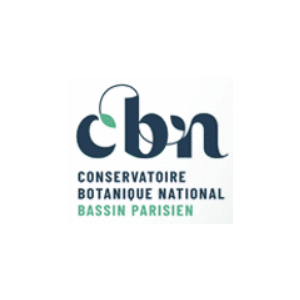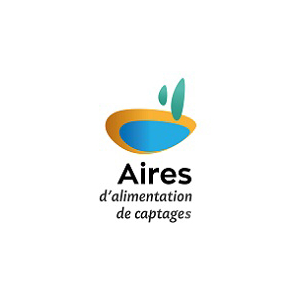
Document généré le 30/08/2025 depuis l'adresse: https://www.documentation.eauetbiodiversite.fr/fr/notice/calendar-and-thermal-time-based-growth-models-for-common-carp-and-pikeperch-and-the-influence-of-stocking-strategy-in-lake-balaton-hungary
Calendar and thermal time-based growth models for common carp and pikeperch, and the influence of stocking strategy in Lake Balaton, Hungary
Titre alternatif
Producteur
Contributeur(s)
EDP Sciences
Identifiant documentaire
11-dkey/10.1051/kmae/2018027
Identifiant OAI
oai:edpsciences.org:dkey/10.1051/kmae/2018027
Auteur(s):
András Specziár,Béla Turcsányi
Mots clés
angling
degree-day sum
fisheries management
growth rate
mark and recapture
pêche à la ligne
somme de degrés-jours
gestion des pêches
taux de croissance
marquage et recapture
Date de publication
28/09/2018
Date de création
Date de modification
Date d'acceptation du document
Date de dépôt légal
Langue
en
Thème
Type de ressource
Source
https://doi.org/10.1051/kmae/2018027
Droits de réutilisation
Région
Département
Commune
Description
Common carp Cyprinus carpio and pikeperch Sander lucioperca are widely distributed and economically important freshwater fishes. Because these species are extensively stocked both within and outside of their native ranges, it is important to assess the effect of these actions. We aimed to analyse growth rate and its variability related to stocking strategy (season × lake area × habitat × fish size) in common carp and pikeperch in Lake Balaton (Hungary), based on cooperative tagging experiments with anglers. In both species, length increment was more closely associated with thermal time (degree-day sum) over 8 °C threshold water temperature than calendar time. Except a marked decrease with increasing fish size, stocking parameters had little effect on length increment. Growth models based on the GROTAG method and the von Bertalanffy's asymptotic length (L∞) and growth rate (K) are provided. Compared to other habitats, estimated growth rate proved to be high in common carp (128 mm year−1 at 300 mm standard length) and modest in pikeperch (61 mm year−1 at 250 mm standard length). We concluded that stocking rate even might be increased in common carp, while management of the pikeperch population should rather be based on catch restriction measures than intensified stockings.
Accès aux documents
0
Consultations
0
Téléchargements





























